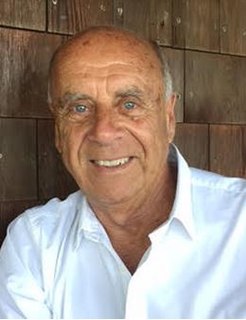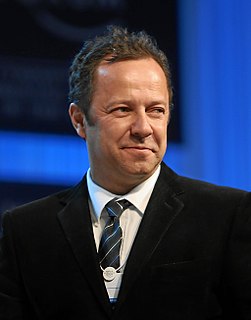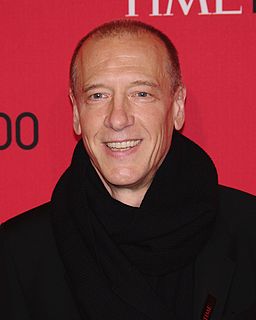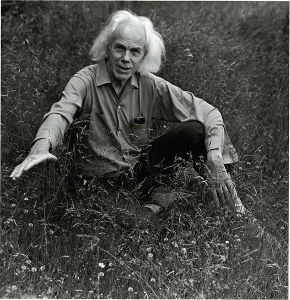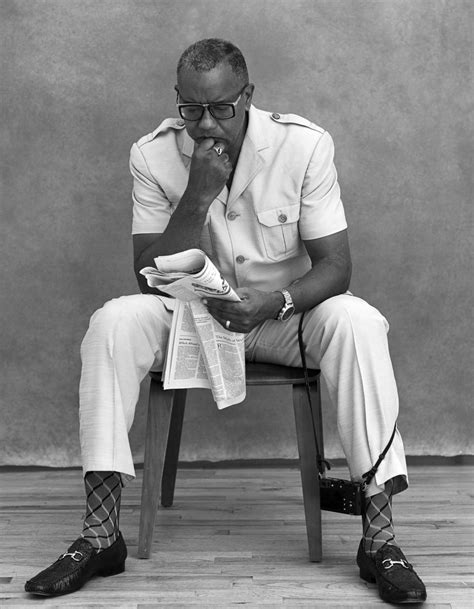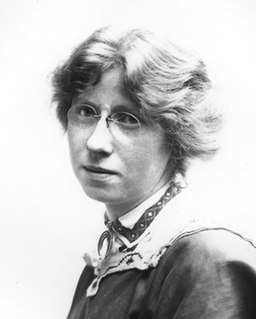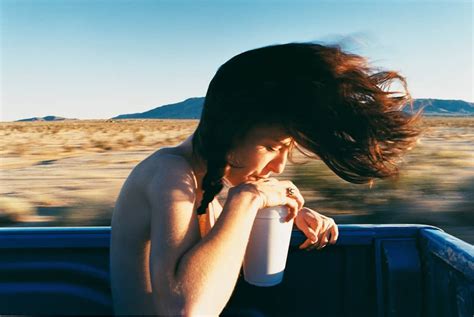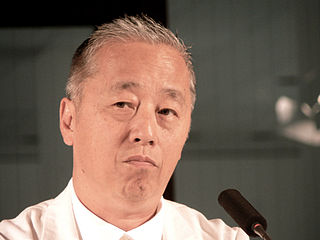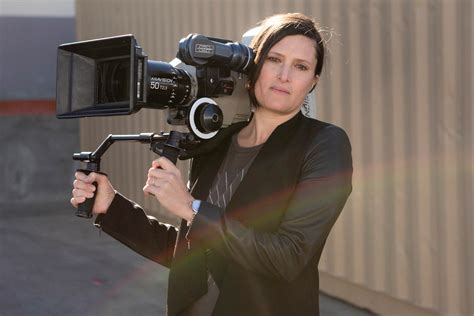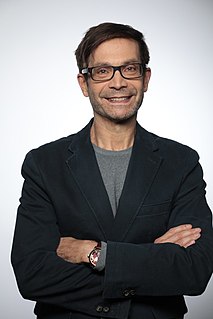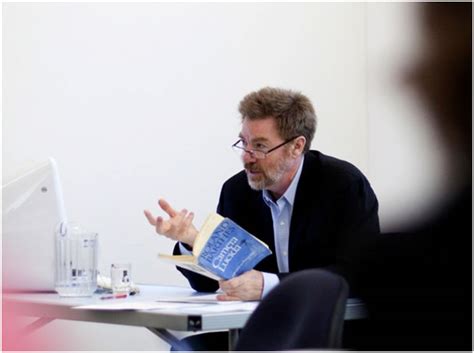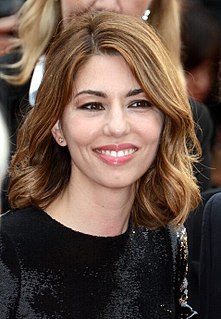A Quote by Susan Sontag
Photography is, first of all, a way of seeing.
Quote Topics
Related Quotes
"You know you are seeing such a photograph if you say to yourself, "I could have taken that picture. I've seen such a scene before, but never like that." It is the kind of photography that relies for its strengths not on special equipment or effects but on the intensity of the photographer's seeing. It is the kind of photography in which the raw materials-light, space, and shape-are arranged in a meaningful and even universal way that gives grace to ordinary objects."
Photography is solitary and there are lags between seeing with your eyes and seeing through the lens, and then seeing the image on your computer... I often see things after the fact. So there’s a revelatory quality. And this definitely includes a sense of playfulness, because you’re not sure what the consequences are going to be.
I'm shooting a gangbanger, but as a dignified man. That's pretty much what war photography did: seeing images of soldiers in a dignified way. They might have been killers in Vietnam, but I'm seeing another side of them, and looking at images of the the American soldiers, also the North Vietnamese and the Viet Cong - I never saw an enemy.
Humans have changed the landscape so much, but images of the sea could be shared with primordial people. I just project my imagination on to the viewer, even the first human being. I think first and then imagine some scenes. Then I go out and look for them. Or I re-create these images with my camera. I love photography because photography is the most believable medium. Painting can lie, but photography never lies: that is what people used to believe.
It was only after a while, after photographing mines and clear-cutting of forests in Maine, that I realized I was looking at the components of photography itself. Photography uses paper made from trees, water, metals, and chemistry. In a way, I was looking at all these things that feed into photography.



